To listen to Stan Lee inform it, the X-Males got here to be exactly as a result of he was uninterested in making up origin tales. As an alternative of dreaming up new tales of radioactive spiders and gamma bomb explosions, Lee may simply say that new characters had been born as mutants, and that was sufficient.
No matter Lee meant when he and Jack Kirby created the X-Males in 1963, the franchise grew to become something however easy. Underneath the stewardship of author Chris Claremont, who got here aboard the sequence in 1975 and remodeled the it into the premier superhero comedian by the point his run resulted in 1991, the X-Males grew to become recognized for its winding soap-opera plots.
As loopy as issues had been on the web page, they had been usually simply as absurd behind the scenes. Listed here are among the most notable backstories behind a few of Marvel‘s Merry Mutants.
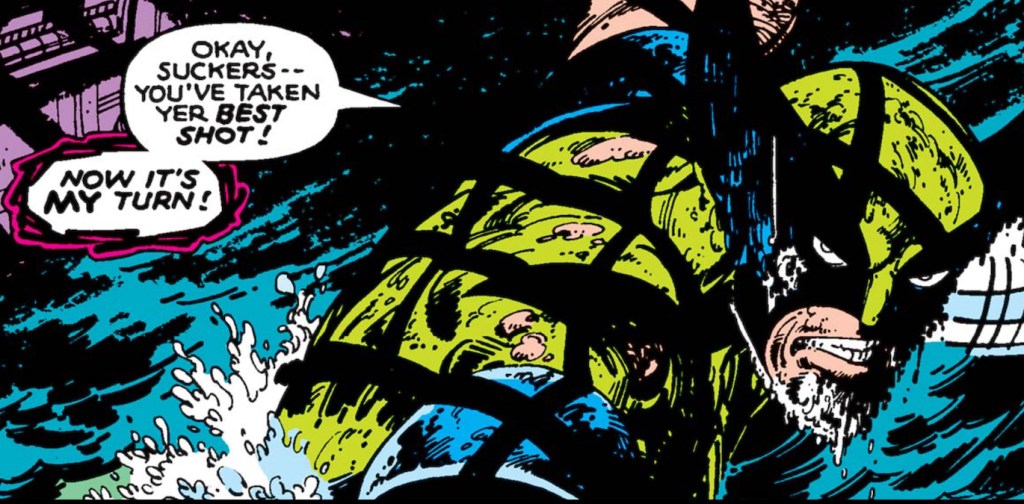
Wolverine
Wolverine is one of the best at what he does. However what he does is de facto confuse readers. Simply the most well-liked member of the X-Males, Wolverine grew to become a fan favourite not simply due to his adamantium claws and unhealthy perspective, however due to his secret historical past.
When author Len Wein, artist Herb Trimpe, and editor Roy Thomas first launched Wolverine in 1974’s Unimaginable Hulk #180 – 181, he was only a Canadian operative with a foul perspective and steel claws on his gloves. He didn’t get an excessive amount of extra growth within the couple of appearances that adopted, nor when Wein introduced Wolverine onto the X-Males in 1975’s Large-Measurement X-Males #1, drawn by Dave Cockrum. Wein had imagined Wolverine as a smooth-faced teenager, who wore claws on his gloves to intensify his heightened mutant senses. However since Wolverine goes unmasked in these points, he by no means had an opportunity to put in writing that description into the script.
After Large-Measurement X-Males, Chris Claremont took over from Wein as author of the X-Males, however Cockrum got here on and commenced additional growing Wolverine. Cockrum first prolonged the wings on Wolverine’s masks, making the small factors from Trimpe’s design extra exaggerated. When Wolverine took off his masks for the primary time in Uncanny X-Males #98 (1976), he gave Wolvie his distinctive hairdo, with plunging mutton-chops and swoops that matched his masks. In that very same situation, a shirtless Wolverine pops his claws, revealing for the primary time that the claws are in his pores and skin and never connected to his costume.
Whereas the adjustments got here as a shock to Wein, they shouldn’t have shocked anybody following Cockrum’s work carefully. Earlier than coming to Uncanny X-Males, Cockrum redesigned a number of members of DC Comics‘ Legion of Tremendous-Heroes, together with Brin Londo aka Timber Wolf. Cockrum imagined Timber Wolf as a feral, animalistic warrior, and gave him longer sideburns and pointy hair — the very same look he would deliver to Wolverine.
Across the similar time, in 1972, Cockrum began to pitch a Legion spinoff sequence to DC known as the Outsiders, a staff of futuristic heroes who battled the Devastators. Except the warlord Tyr, not one of the Devastators made it to print. However one is price noting, a wolf-man kind villain with sharp enamel, a foul perspective, with a definite widow’s peak and lengthy sideburns. The identify of this character? Wolverine.
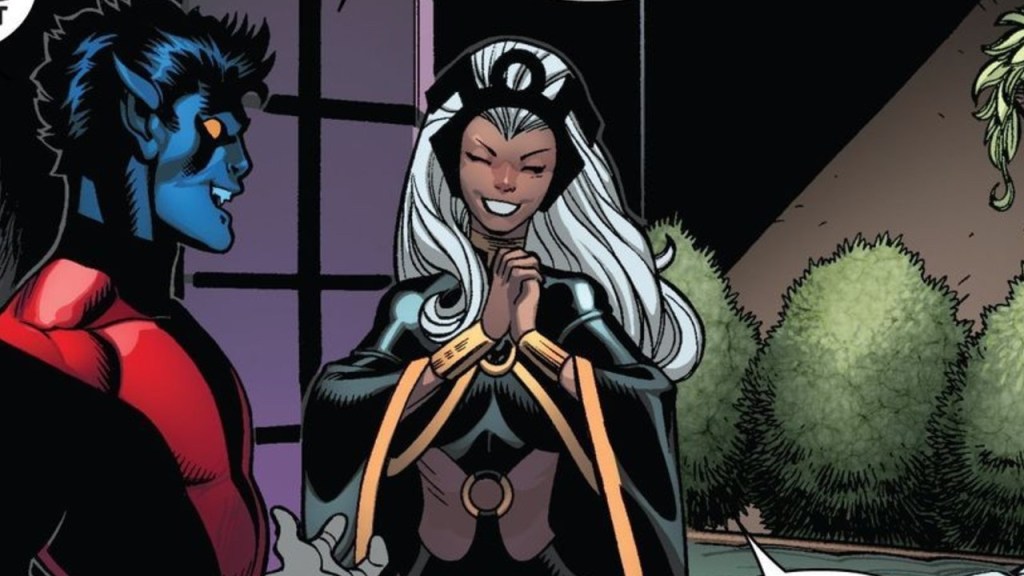
Nightcrawler and Storm
Wolverine was hardly the one connection Cockrum made between the X-Males and the Legion of Tremendous-Heroes. There are, after all, the Shi’ar Imperial Guard that Cockrum made with Chris Claremont for Uncanny X-Males #107 (1977), which instantly copy the Legion (Gladiator = Superboy, Oracle = Saturn Lady, Smasher = Extremely Boy). However the extra essential contributions contain characters Cockrum by no means acquired to comprehend at DC.
Among the many Outsiders was a personality initially known as the Intruder, a demon-like creature who may teleport anyplace he needed. By the point he appeared within the Outsiders pitch, Cockrum had stored the look, however imagined him as extra heroic, giving him the identify “Nightcrawler.” Even with that change, DC editorial deemed Nightcrawler too bizarre, and rejected the character.
cnx({
playerId: “106e33c0-3911-473c-b599-b1426db57530”,
}).render(“0270c398a82f44f49c23c16122516796”);
});
The opposite characters within the Outsiders didn’t have the identical downside, together with Trio, a Black girl who wore a small cape over her black bikini costume. However when Marvel wooed Cockrum over to reboot the X-Males earlier than the Outsiders may enter into manufacturing, he introduced his characters with him.
Wein needed to make the X-Males into a global staff, so he and Cockrum checked out Trio as a risk for the African member. Nevertheless, Cockrum had since revised the character a bit, reworking her right into a shape-shifting American known as Black Cat, who had the same costume. Deeming Black Cat’s options too feline and Trio’s too banal for what Wein imagined as a statuesque goddess, Cockrum borrowed parts from a feathered, green-skin character known as Quetzal to provide her an other-worldly look. Lastly, he took the weather-controlling powers from an Outsider known as Storm, put all of them collectively, and ended up with Storm, one of many defining members of the X-Males.
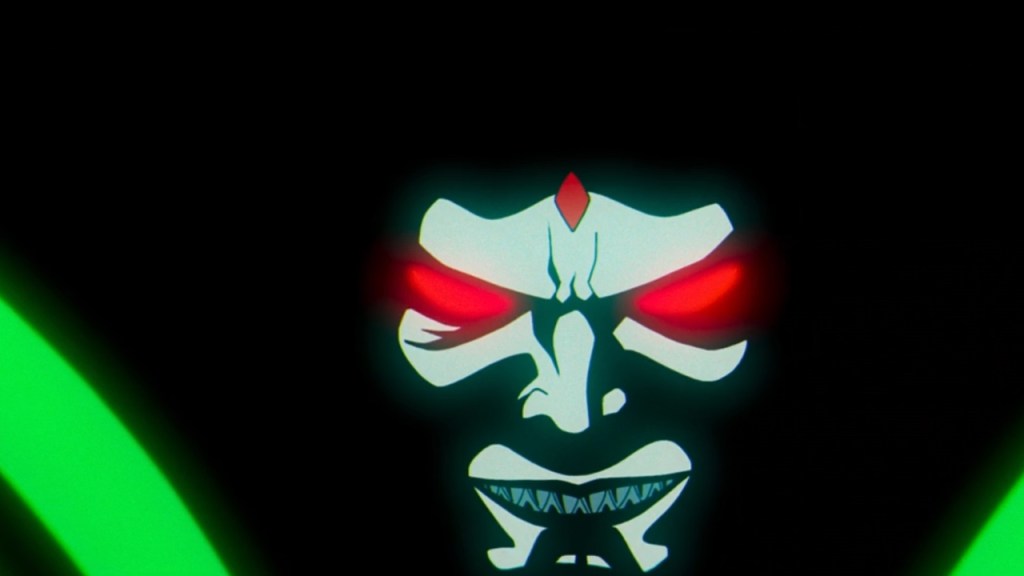
Mister Sinister
Whereas Cockrum helped kick-off the revilization of the X-Males, it was actually Chris Claremont who transormed them into A-listers. Claremont’s 16-year run was marked by long-form plotting and character growth, which typically resulted in loopy adjustments to characters over the course of years. One of the crucial putting examples is the evil geneticist Mister Sinister.
Sinister is hinted at lengthy earlier than he seems on the web page, first getting indirect nods when an evil staff of mutants known as the Marauders homicide underground dwellers known as the Morlocks within the 1986 crossover Mutant Bloodbath.
When he lastly seems in full in 1987’s Uncanny X-Males #221, written by Claremont and penciled by Marc Silvestri, he appears just a little corny. He’s acquired sharp enamel, thigh-high boots, and a ridiculous cape. He bellows at his minions and, , calls himself Mister Sinister. Such broad characterizations aren’t utterly out-of-bounds for superhero comics. However Claremont spent plenty of time and vitality reworking Magneto from a cackling terrorist right into a morally gray anti-hero. Why would he introduce a brand new villain that appears like an 11-year-old’s concept of a foul man?
Properly, as a result of Mr. Sinister was speculated to be an 11-year-old’s concept of a foul man.
Claremont initially tied Sinister to just a little boy who befriended Scott Summers within the orphanage the place they lived collectively. This boy would have been a really previous mutant psychic who couldn’t mature previous age 11, which twisted his psyche. To intimidate others and acquire respect as a supervillain, the boy got here up with the scariest, meanest, coolest wanting unhealthy man that an 11-year-old may think about: Mister Sinister. “Why does Sinister look the way in which he does?” Claremont rhetorically requested in an interview from 2022. “As a result of, whereas his creator could also be a genius, he’s additionally a child and that is his notion of what a world-class badass appears like.”
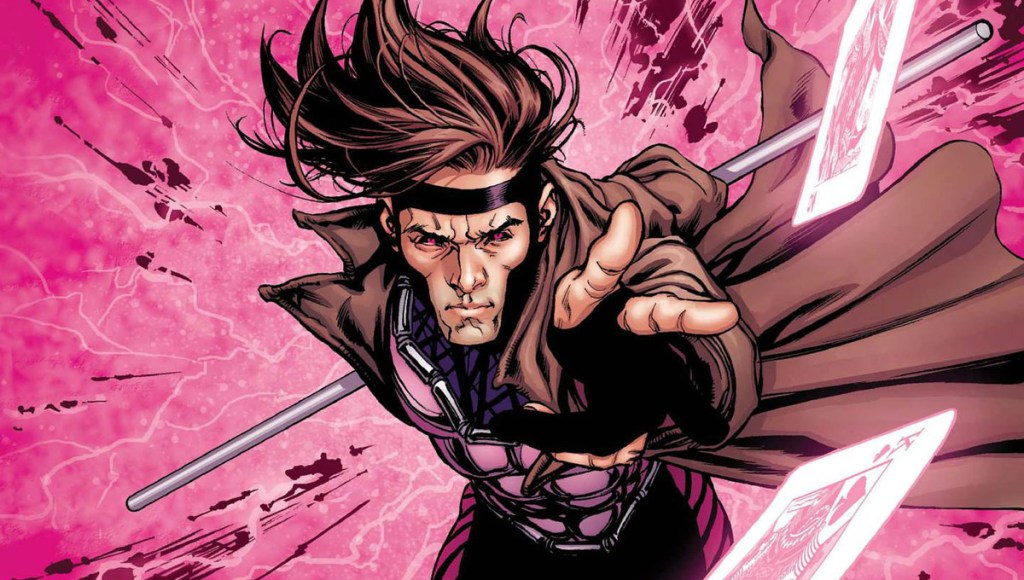
Gambit
Due to his romance with Rogue, his appearances within the animated sequence, and Channing Tatum‘s current comedic flip in Deadpool & Wolverine, Gambit has grow to be probably the most common members of the X-Males.
However, in case you cease and try him, he’s sort of just like the heroic equal to Mister Sinister. His stubble and lengthy hair, his trench coat and thief expertise, his Cajun accent that charms all the ladies. He sort of looks like an 11-year-old’s imaginative and prescient of an excellent cool man.
As soon as once more, that’s as a result of Gambit is an 11-year-old’s imaginative and prescient of an excellent cool man. The identical 11-year-old, in actual fact. After being defeated by the X-Males a couple of occasions as Sinister, the boy tried a brand new tactic.
“As an alternative of direct confrontations, time now to make use of subterfuge,” Claremont informed AIPT; “— by producing an grownup clone of himself and utilizing that agent to infiltrate the X-team to seduce and destroy them from inside. And what higher approach to do this than with essentially the most charming of rogues and thieves? Therefore, Gambit — the imaginative and prescient of Sinister because the younger man he’ll probably be in maybe a pair or three centuries.”
Readers can nonetheless see points of this mysterious, super-cool model of Gambit within the character’s first look in 1990’s Uncanny X-Males #266, written by Claremont and penciled by Jim Lee. However by the point 1991’s X-Males #1 hit and made the staff into international superstars, the bizarre villain origin was lengthy gone.
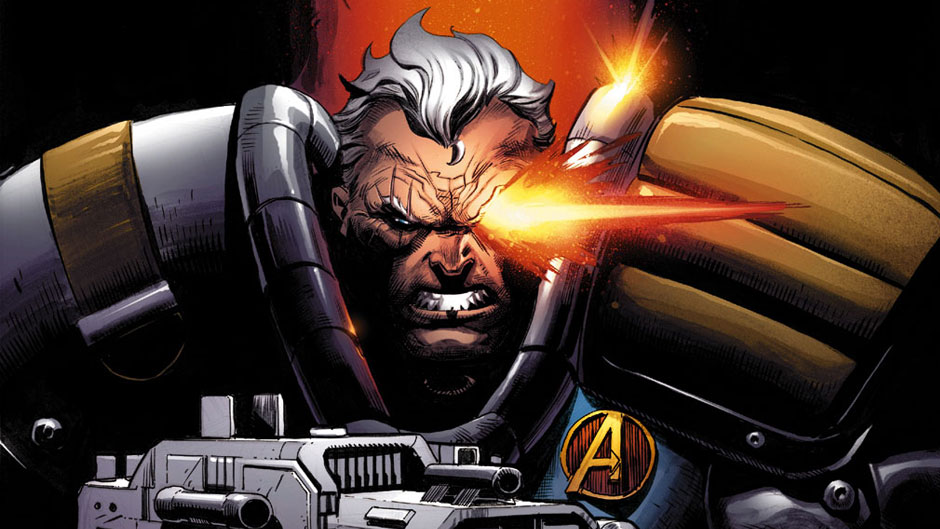
Cable
Cable’s on the web page origin story is already complicated sufficient. It’s virtually overkill to explain his genesis behind-the-scenes. The quick reply is that Cable is Nathan Christopher Charles Summers, the son of Scott Summers and Madelyne Pryor, who went to the longer term as a child and got here again as a grizzled warrior. The lengthy reply is… approach an excessive amount of to get into proper now.
Behind the scenes, the Summers child and Cable had been too completely different individuals. Child Nathan first appeared within the basic Uncanny X-Males #201 (1986), written by Claremont and penciled Rick Leonardi. Claremont meant the newborn to be the harbinger to maneuver Cyclops out of the X-Males, letting him develop up and retire from the position to boost his household with Madelyne.
These plans acquired sophisticated when Marvel editorial determined to deliver Jean Gray again from the useless and have Scott depart Madelyne to kind a brand new staff known as X-Issue. Across the similar time, the junior staff within the sequence The New Mutants had misplaced their second mentor, with Professor X in area and Magneto again on his journey to evil after a couple of years on the aspect of the angels. X-Males group editor Bob Harris instructed that author Louise Simonson and artist Rob Liefeld provide you with a brand new chief, somebody very completely different to the earlier two.
Harris and Simonson inform a barely completely different story in regards to the origin than Liefeld, however the fundamentals boil all the way down to the trio developing with a army chief primarily based partially on The Terminator, initially dubbed Commander-X. By the point he first appeared in 1990’s The New Mutants #87, the character was known as Cable, a mysterious warrior from the longer term.
For the primary couple years, Marvel stayed coy about Cable’s true origins, typically implying that he’s an older model of New Mutants/X-Power member Cannonball and typically that he’s a model of arch-enemy Stryfe from one other a part of the timeline.
Nevertheless, over in X-Issue, by which Cyclops and Jean Gray had been elevating Nathan (Madelyne Pryor is a clone of Jean Gray, who — no! We don’t have time for that!), Bob Harras, Jim Lee, and the sequence’ common penciler Whilce Portacio determined that child Nathan would go into the longer term after being contaminated by a virus from the villain Apocalypse, and would come again as Cable.
Liefeld didn’t look after this choice, so he began pushing towards it within the pages of X-Power, which he penciled and plotted with author Fabian Nicieza. In X-Power, it started to appear that Nathan grew up to not be Cable, however the villain Stryfe. Liefeld and Nicieza on the similar time instructed that Cable was Stryfe’s clone gone unhealthy, which implies that two completely different X-books had been telling barely completely different origins for the character.
Seems, that playfulness labored with readers, so Marvel let Cable’s true id linger a bit longer even including extra confusion with the 1992 – 1993 crossover X-Cutioner’s Music. Lastly, Nicieza and penciler Dwayne Turner set the report straight in Cable # 6 – 8 (1993 – 1994), establishing that child Nathan did certainly develop as much as be Cable and that Stryfe is his clone. With the thriller of his background solved, Cable may go on to have extra twisty unusual adventures, too many to debate right here.
The publish X-Males: The Wild Origin Tales Behind Marvel’s Beloved Mutants appeared first on Den of Geek.

